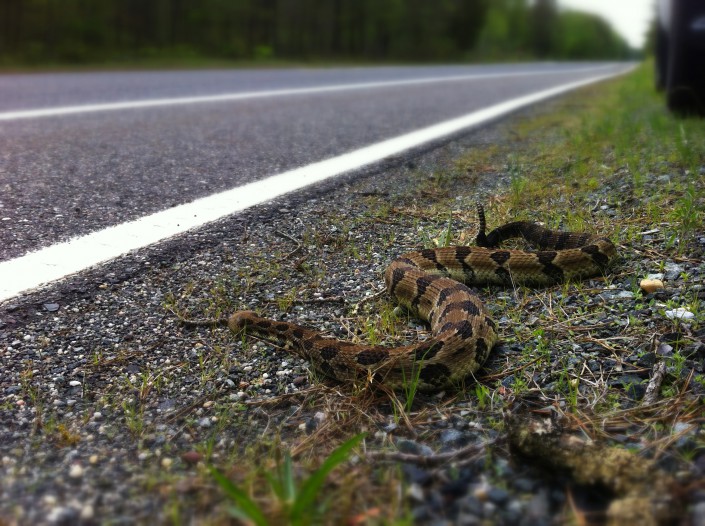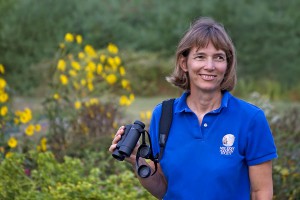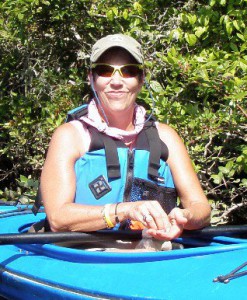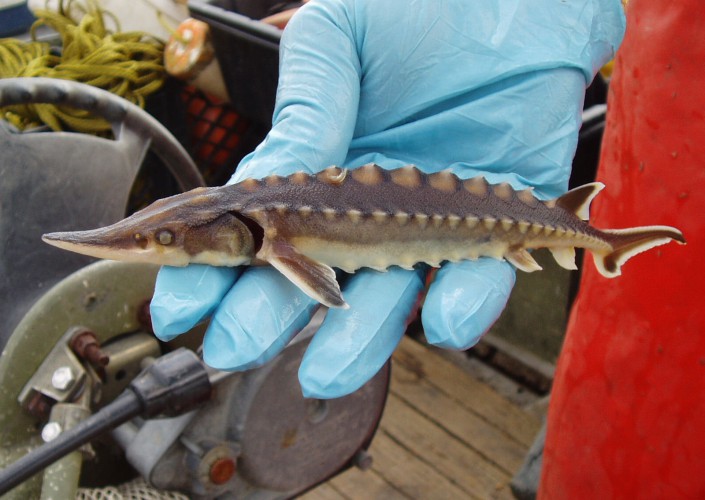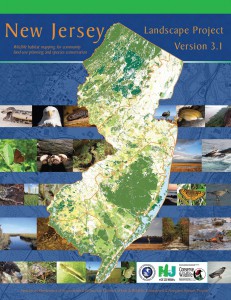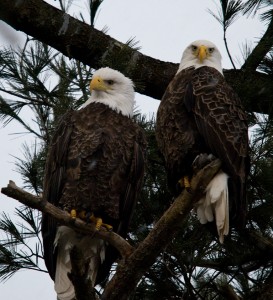Terrapin nesting season begins
Be Terrapin Aware this summer!
by Ben Wurst, Habitat Program Manager
Last Thursday there was a flurry of activity throughout coastal New Jersey. It was one of the peak days of the beginning of the northern diamondback terrapin nesting season. I had scheduled myself to be off to work on projects around my house but ended up working for half the day on our Great Bay Terrapin Conservation Project. Female terrapins were everywhere! They were crossing all over Great Bay Blvd., a 5 mile long road that bisects pristine terrapin habitat. The shoulders of the road are suitable nesting habitat as well, so at times as many as 10-15 terrapins could be seen in one small section of the road. There were so many that one terrapin bumped right into another one on the shoulder of the road!! They were digging nests and laying eggs all over the place. It was certainly a rare sight. Luckily traffic was mild and the weather was clear so there were little road kills. One female fell victim to a Little Egg Harbor Twp. mower who was mowing the edges of the road. This certainly wasn’t the best day to mow the shoulders! Before more terrapins could be killed we contacted LEHT public works and they called off their mower until further notice. On a side note, we have asked the township and the environmental commission to adopt a delayed mowed regime in the past and unfortunately one terrapin died because of this. I even emailed the public works director early last week about nesting activity picking up and I asked for him to please let me know when they were planning to mow so we could have someone walk in front of the mower to be sure no terrapins were hit. On the positive side, we were able to salvage 7 eggs from the terrapin, and they were successfully placed in a hatchery in Loveladies on LBI. We have our fingers crossed that they’ll hatch later this summer!
Finally, we have had more of a presence on Great Bay Blvd this year with the assistance of our new intern, Kristin Ryerson. She is collecting data (size, age, weight, and other data) on terrapins that she encounters while conducting road patrols on Great Bay Blvd. We’ll be using this data to compare it to some collected in Barnegat Bay and past studies that were conducted on the road. Her position is a volunteer position so I really appreciate all of her help so far! We also have volunteers who are acting as “Terrapin Stewards” where they also conduct road patrols to collect sightings of terrapins, educate visitors to the road about terrapins, and they also make sure terrapins safely cross the road. Without their help this project would not be successful!
